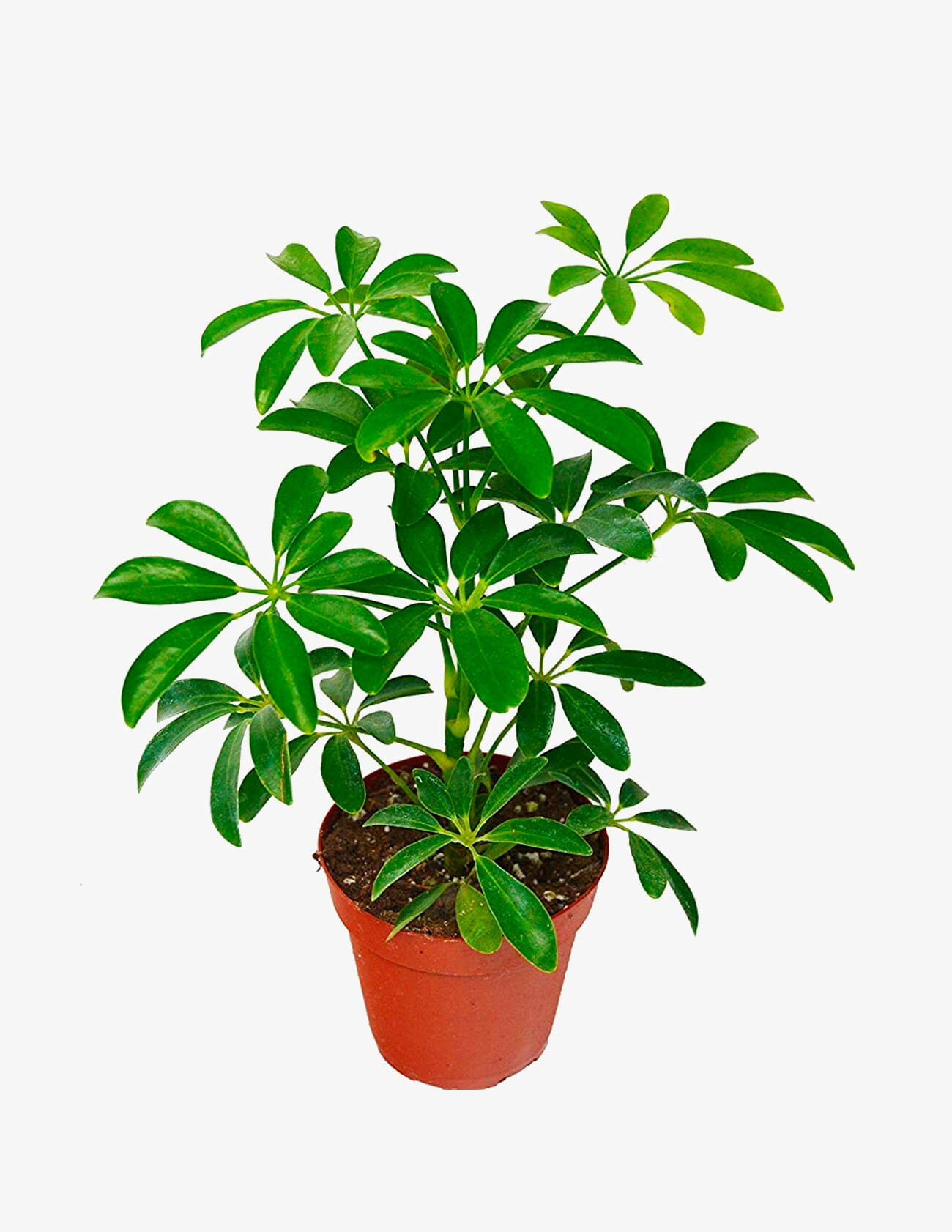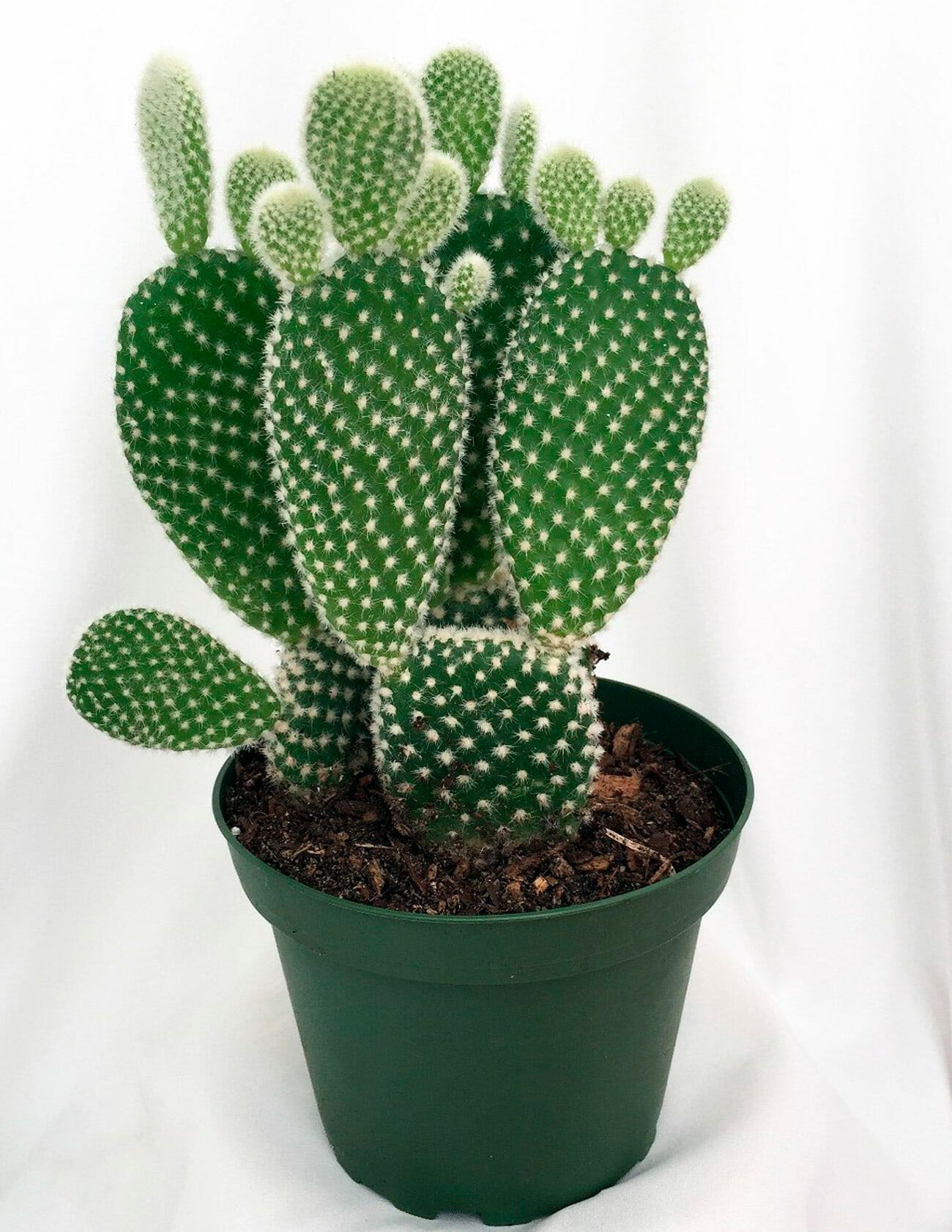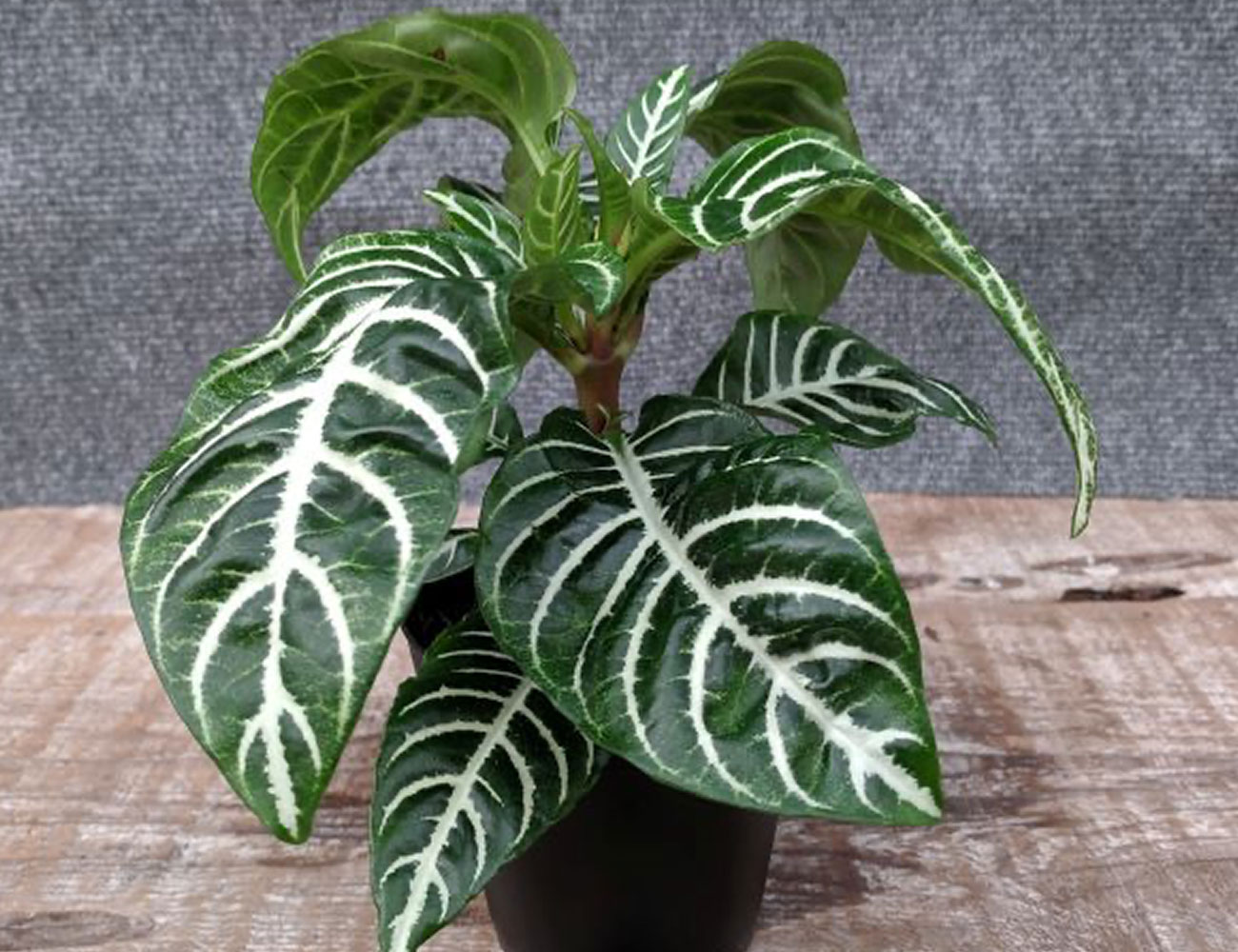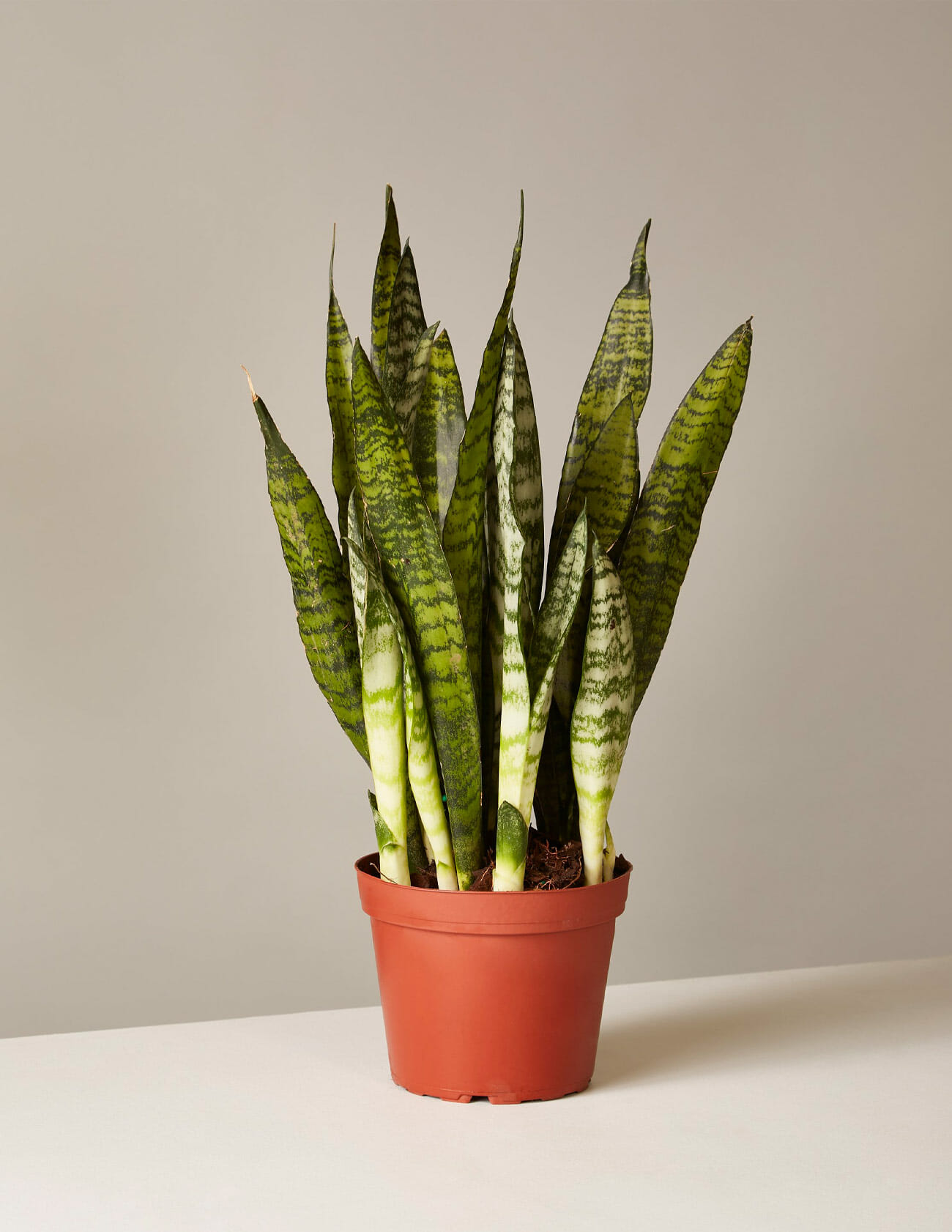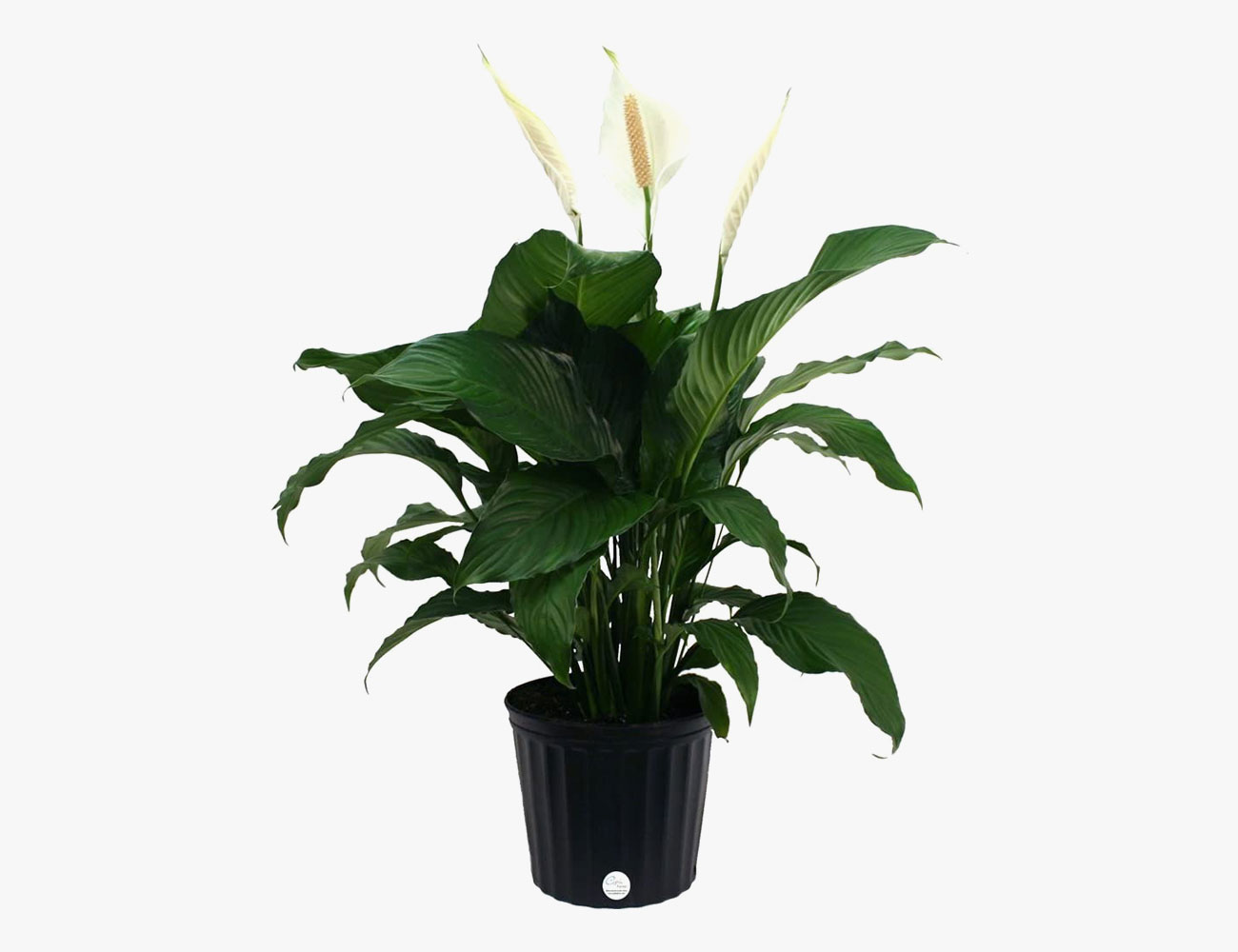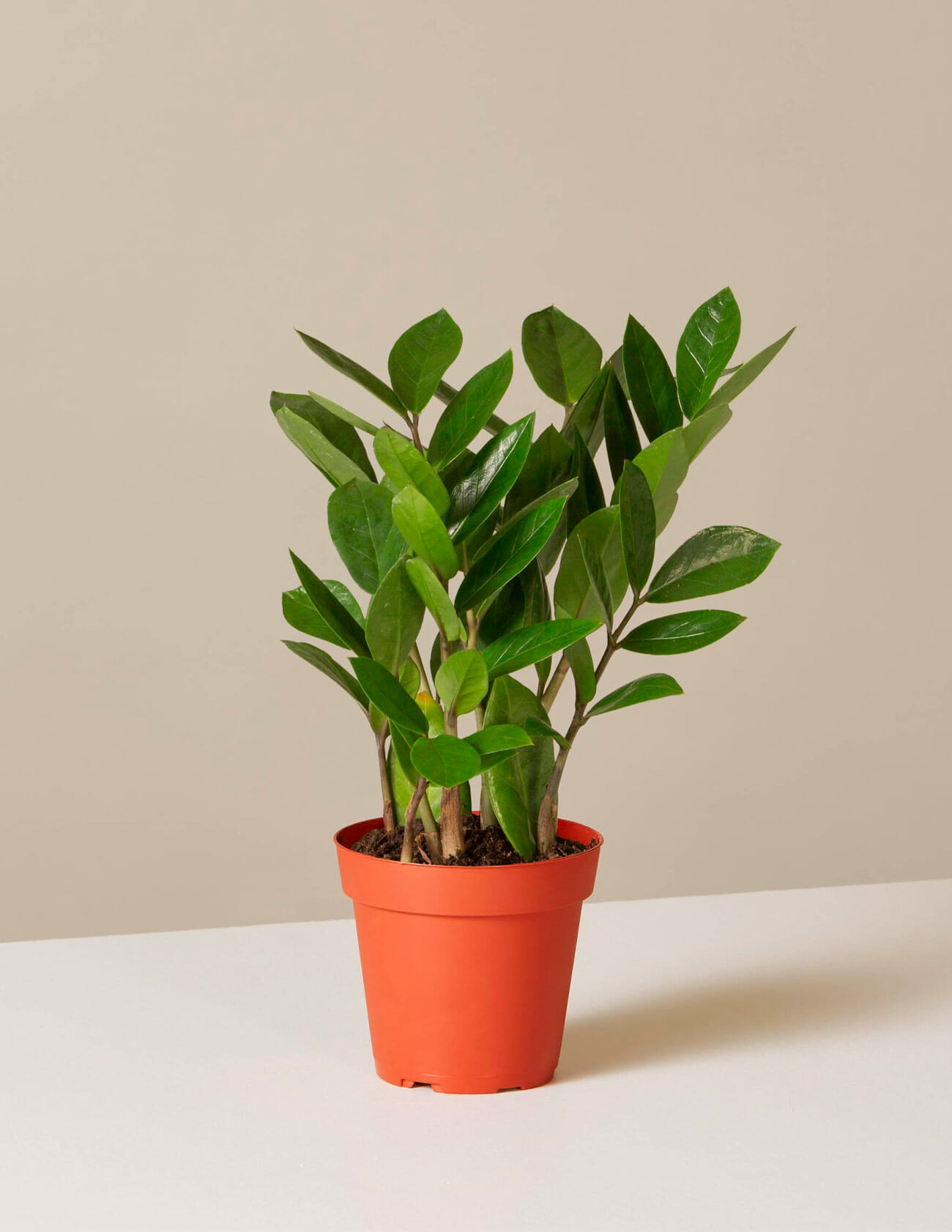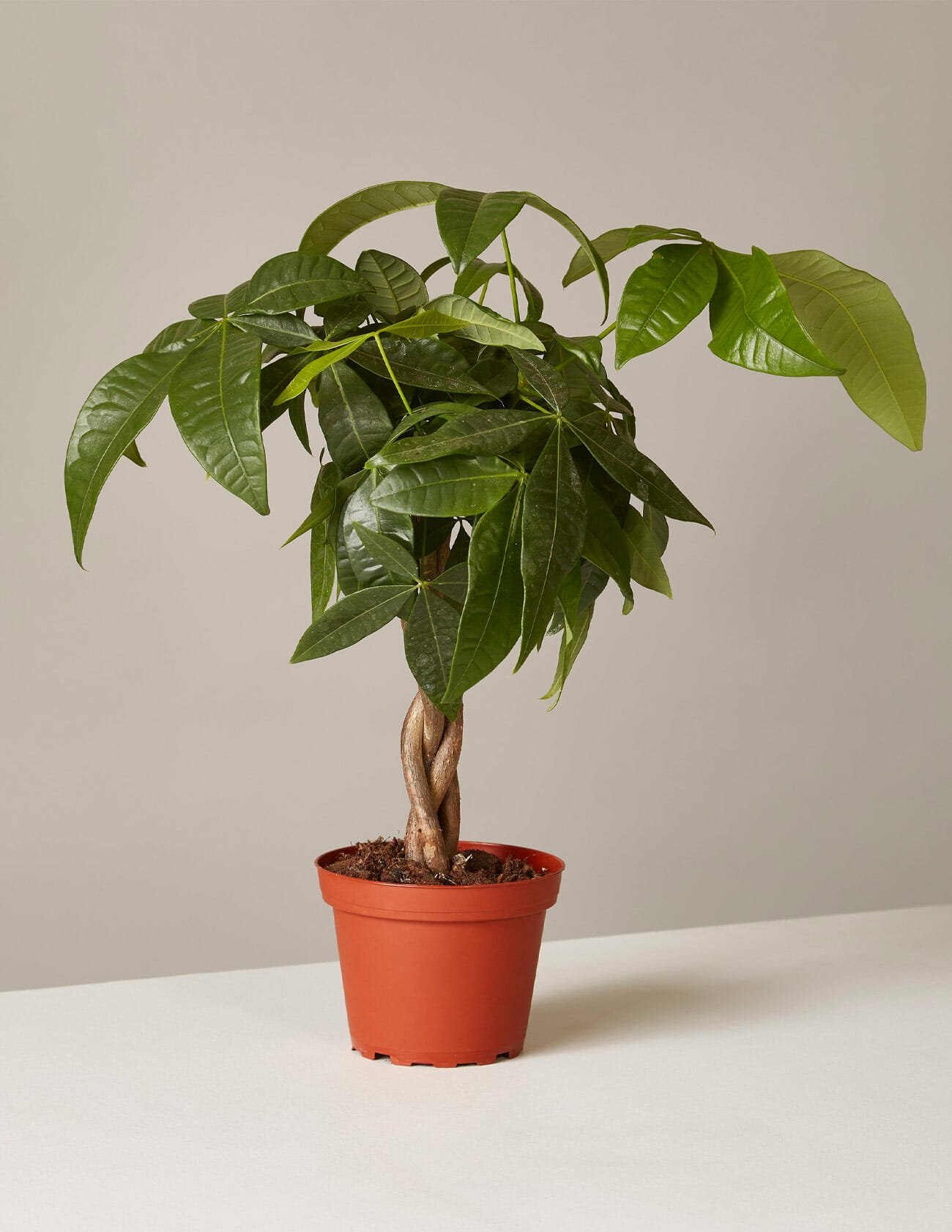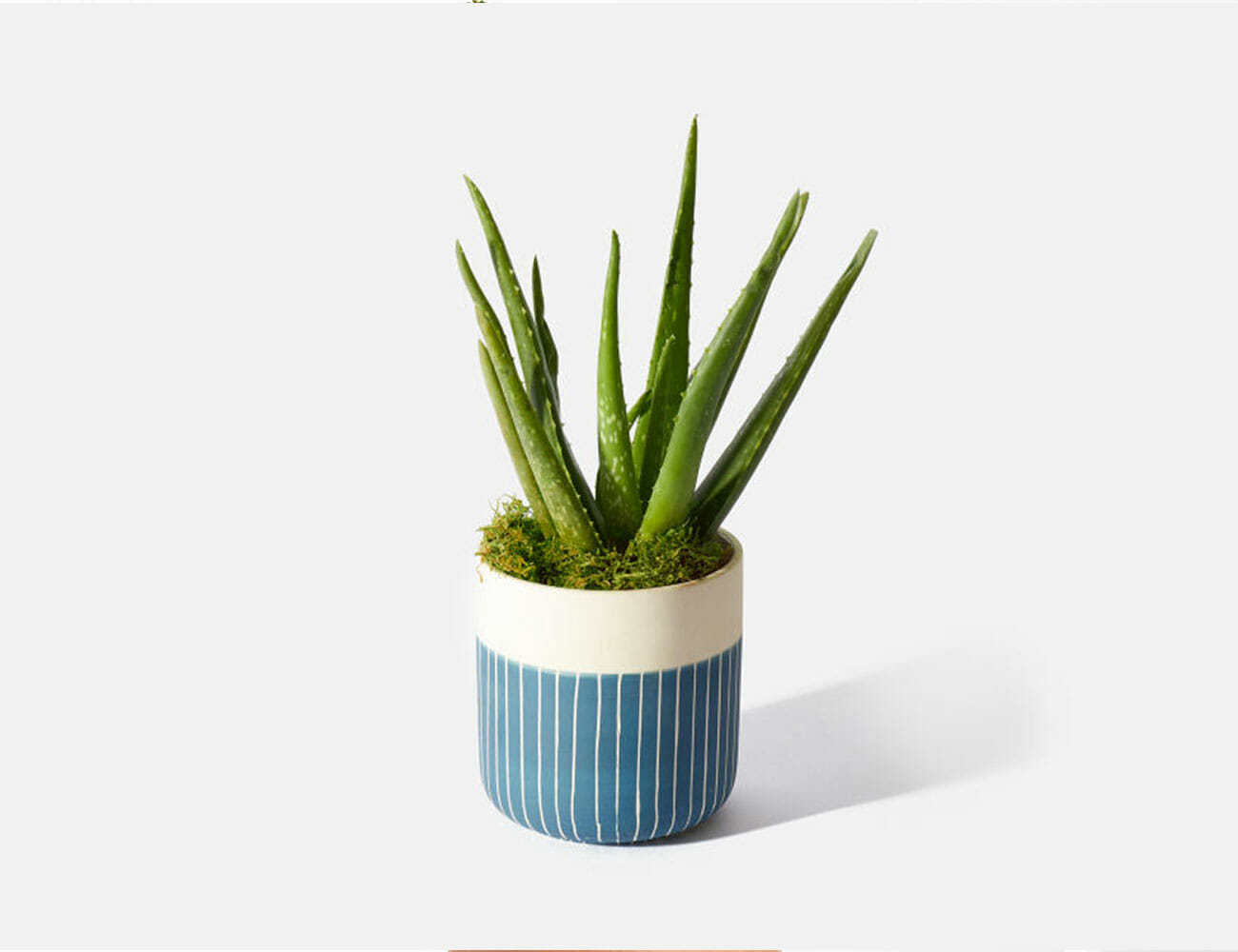Let’s talk about houseplants. Water them when the soil is dry. Don’t put them in front of air conditioners or heating units. Know how much sun each one wants. There, you’ve got almost everything you need to know.
The truth is, most houseplants sold at shops or online are extremely easy to keep alive. That’s why those shops sell them. The plants on our list do not run the spectrum of hard-to-keep to invincible because the vast majority of plants sold are not horticultural puzzles. They make your home look and feel better, and they do so without a whole lot of work from you.
Umbrella Plant
To Sit Next to the Window: There are many different types of Umbrella plants, but the gist is this: given a healthy dose of sunlight, ample watering and room to grow, this small-ish plant will fill out and take up as much space as needed. A bonus of this quick growth is the ability to guide its growth with frequent pruning, as any segments you shear from the body will be replaced in short order elsewhere.
Water: When top inch of soil is dry
Brightness: Full, direct or indirect
Bunny Ears Cactus
If You Want a Cactus: Treat these cacti (which also go by the name Angel Wings) properly and they’ll live as long as you do. As you might expect, infrequent watering and high, direct sunlight is preferred. Its spines don’t grow far from the pads, and it shouldn’t grow more than a couple of feet tall in a home environment.
Water: Every 2 to 3 weeks
Brightness: High, direct
Zebra Plant
For a Taste of the Jungle: This plant’s leaves can grow extremely large, and their zebra-printed pattern make a decorative addition to your window sill or the corner of a brightly lit room. Place the zebra in your bathroom where it’ll thrive off the heat and humidity of your shower. Another idea: buy a bunch and build a lush little jungle inside.
Water: Once a week
Brightness: Bright, direct or indirect
Snake Plant
For the Small Apartment: The mighty Snake, like the ZZ, is close to invincibility. It can grow in any and all light and brightness settings, requires infrequent watering and is generally a plant for the DGAF type of person. Another of its features often goes unmentioned — its spread. Its growth trajectory is upward, not outward, making it an ideal plant for lazy plant parents living in tiny apartments.
Water: Every 2 weeks
Brightness: Any
Peace Lily
If You Want Flowers: Full transparency: the huge white flowers of the Peace Lily are not technically flowers — they’re bracts (a modified leaf used to reproduce in the wild). However, they look like huge white flowers, and they bloom throughout the year (and a bit more frequently in the springtime). This coupled with the plant’s broad, deep green leaves and general toughness and you’ve got the ideal flowering plant for the plant newb. The plant is also great about telling you what it needs — if the leaves droop, water it; if its leaves begin to yellow, give it less sun.
Water: When leaves droop
Brightness: Medium, Indirect
ZZ Plant
For the Clueless Beginner: This plant is almost better off without your foolish hands touching it. Almost. Most notable for thriving in low light areas and with infrequent need for moisture, the ZZ plant is an aroid that evolved in much drier biomes than its cousin plants. This permits it to not give a damn about water for months on end, but you’re better off playing it safe and watering every couple weeks.
Water: Every 2 weeks
Brightness: Low, indirect
Money Tree
For a Gift: This is a plant shop staple, and in being a plant shop staple we can know one thing: it is resilient as hell. While you should give your Money tree a home with decent sun exposure and you should water it when the soil dries out, it’ll still be there for you after you forget about it for a month (or more). It’s also among the fast-growing plant group, so be sure to put it in a spot that gives it room to fill out a bit.
Water: When soil is dry
Brightness: Medium, indirect
Aloe Vera
For the Accident-Prone: Quit buying that jarred aloe vera goop and grow your own aloe vera plant. If you have a small cut or burn, break off a tip of the plant to access some of its cooling gel. Be careful though because the toothed edges can be quite sharp. Aloe vera is incredibly easy to maintain, so don’t worry if you lack a green thumb.
Water: When soil is dry
Brightness: Direct or indirect
Marble Queen Pothos
For the Impatient: By both the Internet and plant shop owners, the tough-as-nails Pothos vine is among the most-recommended house plants you’ll encounter. It requires intermittent watering (but won’t sulk if neglected), fair to middling sun and grows fast. If allowed to, a Pothos vine will conquer corners and side tables in a couple months. If you enjoy the drama of a good climbing vine, this is the place to start.
Water: When soil is dry
Brightness: Low to medium, indirect
Calathea
For the Color-Starved: Though green is what we’re all here for, it doesn’t hurt to throw in a contrast color or two. Calathea and their red-green leaves come in medallion (like the one linked here) and rattlesnake varieties, and they aren’t terribly picky about sunlight or water. They also happen to move around a lot.
Water: Weekly
Brightness: Medium, indirect
Monstera
For that Mid-Century Aesthetic: Monstera Deliciosa goes by many names. Whatever you call it, it’s beautiful, grows quickly and changes shape. The leaves of the Monstera will grow some, begin to develop holes, then completely open up into a wide slated leaf. Unfettered and in a proper environment, they also grow incredibly fast, so be prepared to pare back new growth to save the plants around it.
Water: Weekly
Brightness: Medium, Indirect
Ficus Little Fiddle
For Experienced Plant Parents: The ficus is a bit more complicated to take care for because of its fickle needs. It thrives in warm, humid climates, and it has to be watered fairly often to keep the soil moist. Plant experts will immediately recognize the ficus’ lettuce-like leaves, and it’s a bit of a flex if you can keep this plant in good condition. Heads up: don’t get this if you have pets as it can cause mouth irritation and a bad reaction if eaten.
Water: Once a week, or when soil is dry
Brightness: Bright
Ponytail Palm
For the Patient: The ponytail palm’s leaves grow out like a bundle of hair — hence “ponytail” in the name. The plant doesn’t require much upkeep, and it can tolerate being left alone for a bit. Don’t expect the palm to grow to extraordinary heights anytime soon — it’s a slow grower, but you’ll be happy with this little guy at any size.
Water: Every 2 weeks
Brightness: Bright, indirect or direct
Pencil Cactus
For the Childless and Pet-Less: As fun as this little guy looks, its sap is toxic when ingested. The pencil-like stems can be attractive to pets and kids, so make sure you keep the pencil cactus out of reach. These make a great gift to help someone add a pop of color to their living environment.
Water: When soil is dry
Brightness: Bright, direct
Prickly Pear Cactus
For a Taste of the Desert: There’s something fascinating about the way each paddle of the prickly pear cactus grows out of another paddle. The prickly pear cactus is a desert plant so it thrives in hot, dry climates. If you notice your little guy starting to wilt in the winter, don’t worry — it’ll rebound once spring hits.
Water: When soil is dry
Brightness: Bright, indirect or direct

